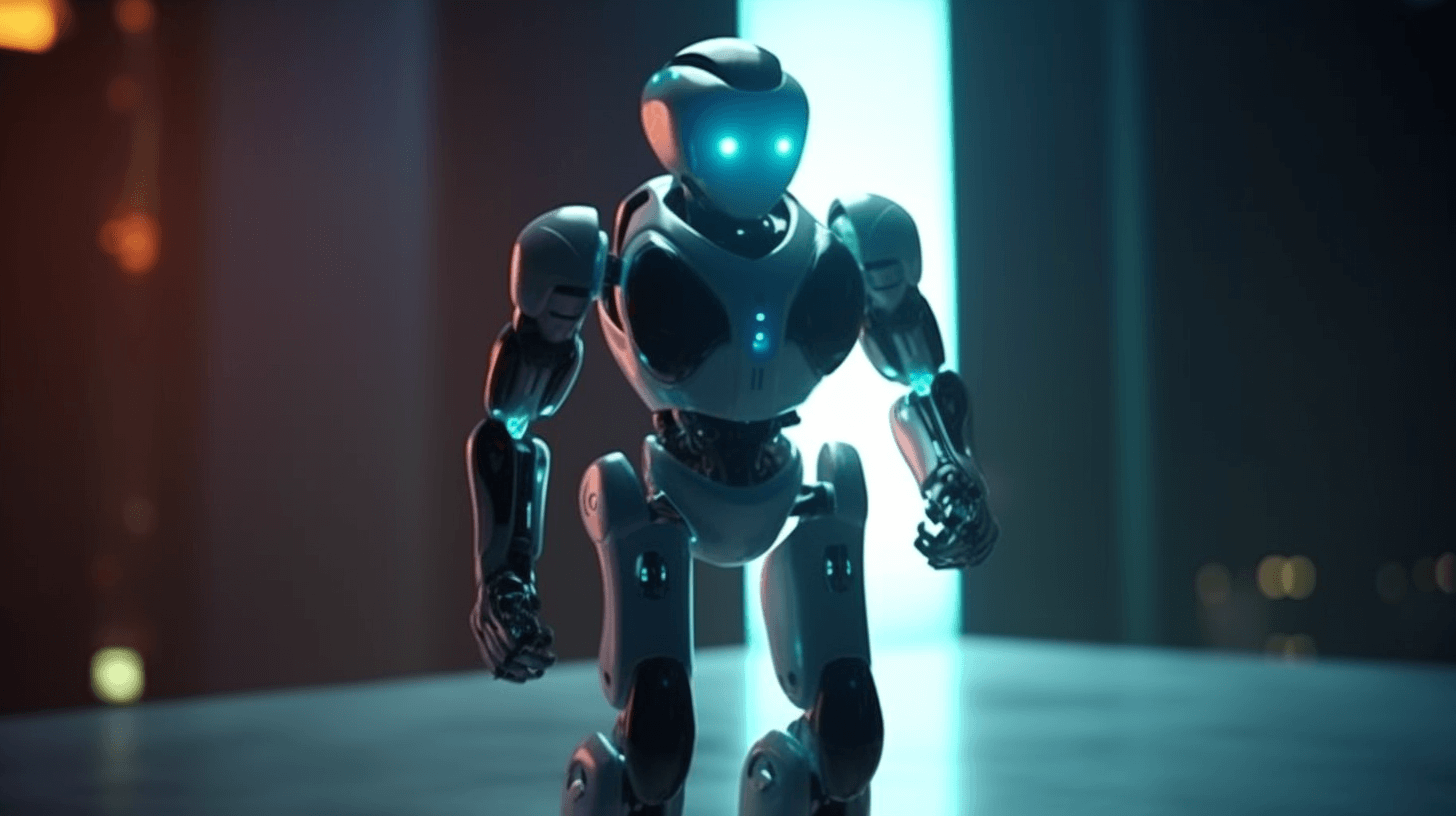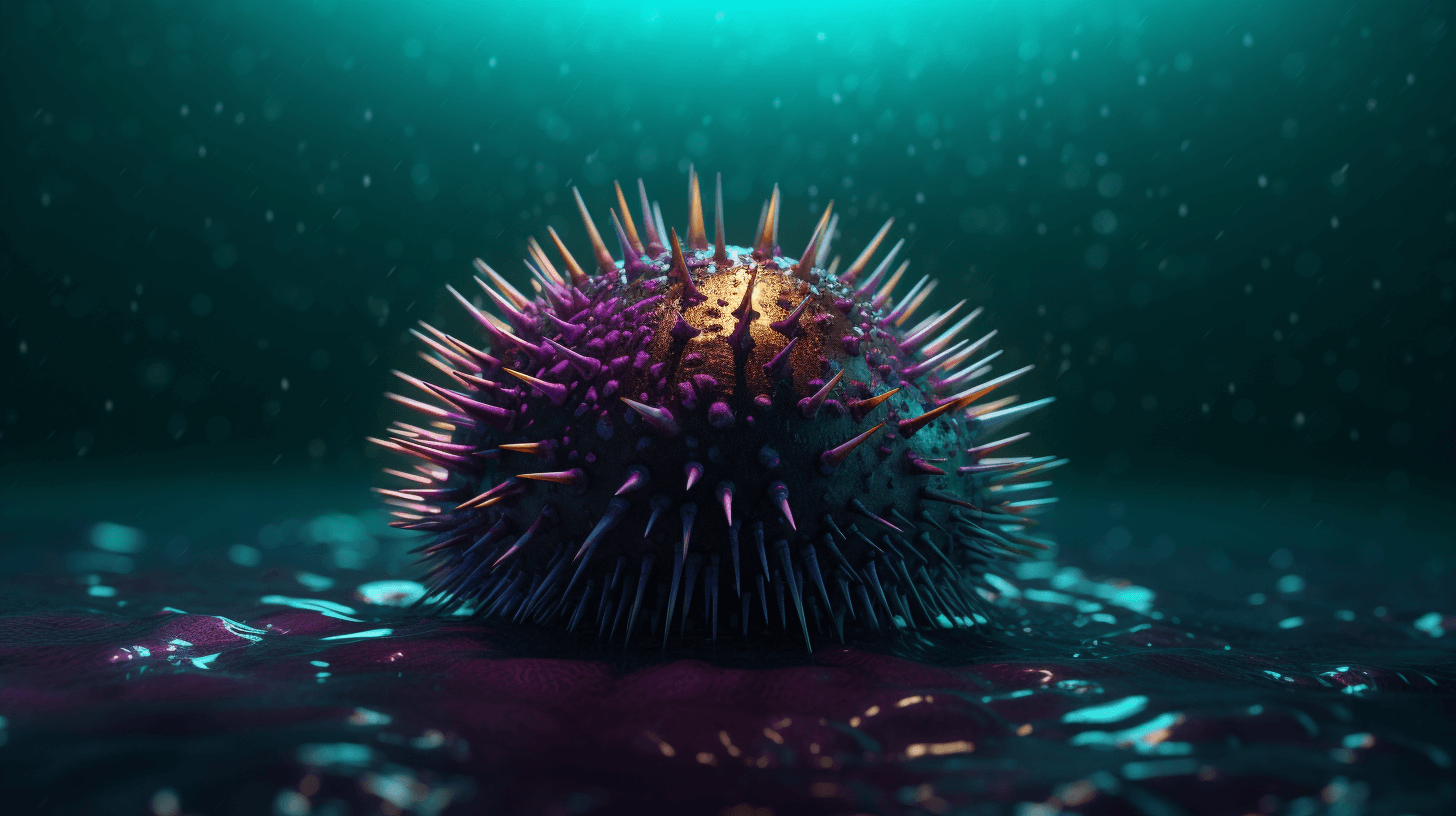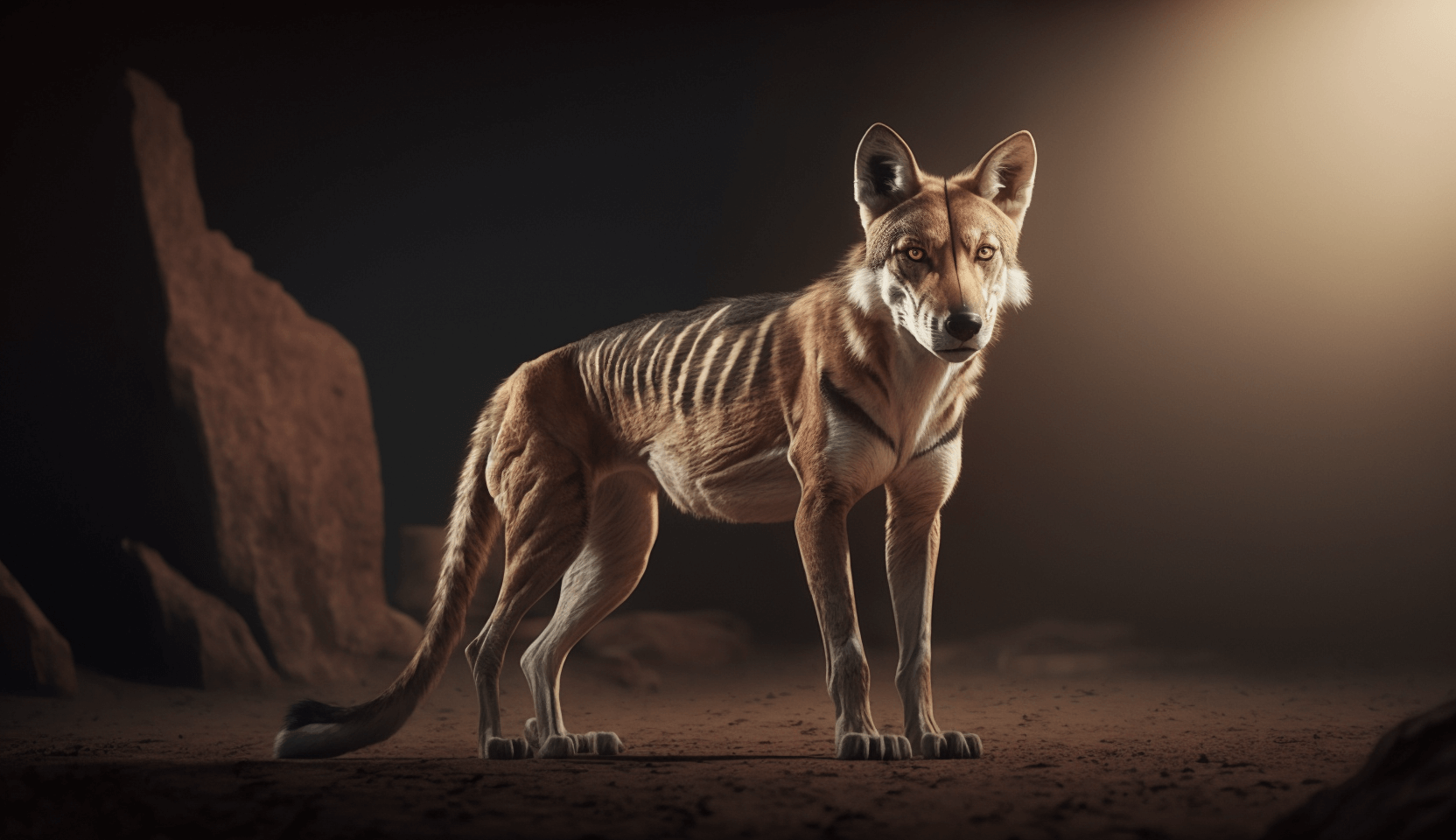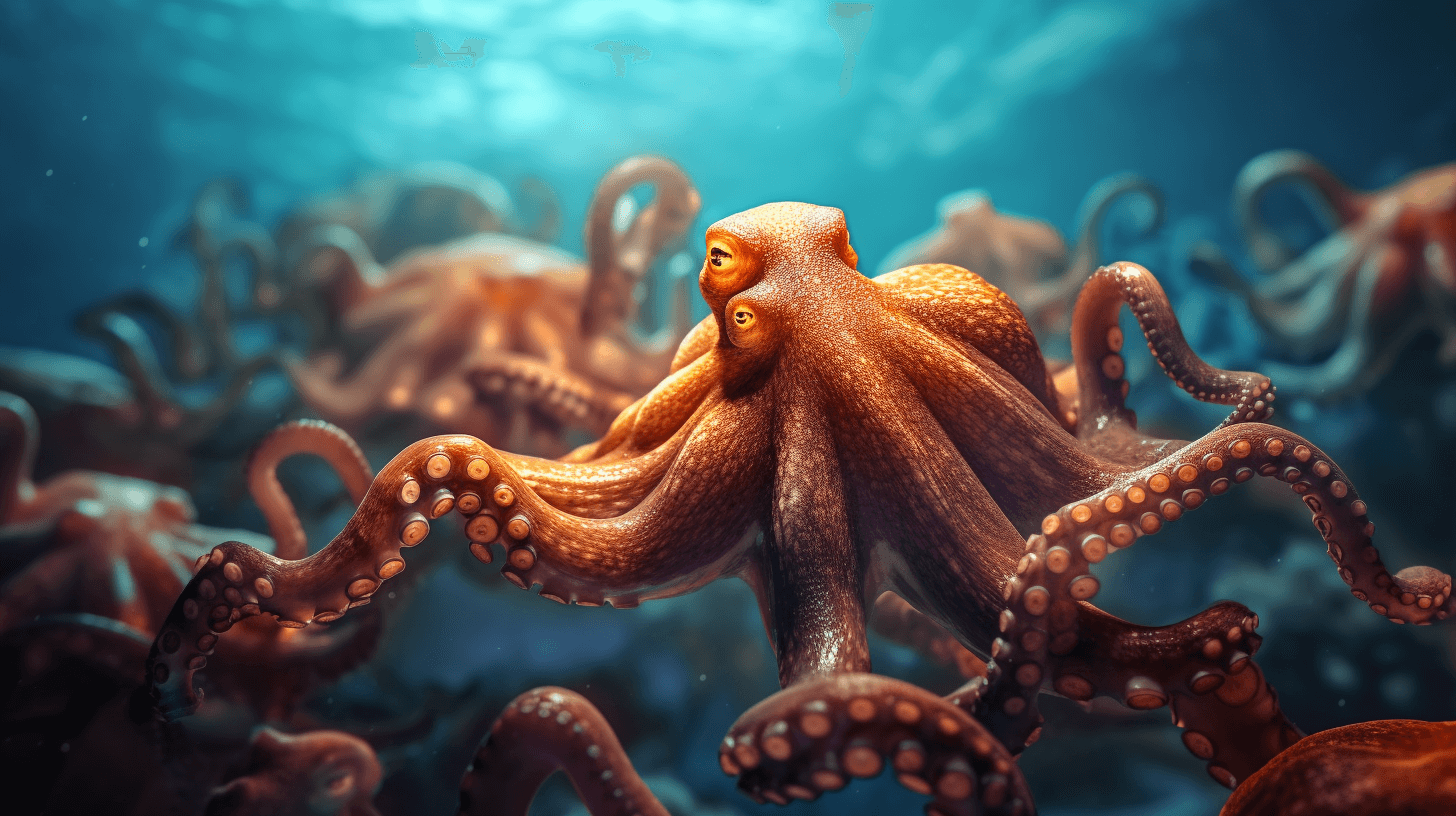🤖🧠🌍 Bumbai: Can AI Stay Smart If No Mo’ Body Fo’ Interact Wit’ Da World?
Mebbe da mind stay like one video game controller, movin’ da body aroun’ da world, goin’ on joy rides. O’ mebbe da body stay manipulating da mind wit’ hunger, sleepiness, an’ anxiety, kinda like one rivah steering one canoe. Da mind stay like electromagnetic waves, flickering in an’ out of our light-bulb bodies? O’ da mind stay one car on da road? One ghost in da machine? 🚗👻
No mattah wat, no metaphor evah goin’ fit perfect, cuz no mo’ any real distinction between da mind an’ da body: get only experience, o’ one kine physical process, one gestalt. 🧘♂️🤔
Da kine questions, wea philosophers wen ponder fo’ centuries, stay getting mo’ urgent cuz mo’ advanced machines wit’ artificial intelligence wen start fo’ infiltrate da society. Chatbots like OpenAI’s GPT-4 an’ Google’s Bard get minds, in one kine way: trained on plenny human language, dey wen learn how fo’ generate new kine text, images, an’ even videos. Wen set up da right way, dey can express desires, beliefs, hopes, intentions, love. Dey can talk ’bout introspection an’ doubt, self-confidence, an’ regret. 💭🤯
But some A.I. researchers say da technology no goin’ reach true intelligence, o’ true understanding of da world, till dey goin’ pair ’em wit’ one body dat can perceive, react to, an’ feel aroun’ da environment. Fo’ dem, da idea of intelligent minds wit’ no bodies stay misguided, even dangerous. A.I. dat no can explore da world an’ learn its limits, in da ways dat kids figgah out wat dey can an’ no can do, could make life-threatening mistakes an’ go aftah its goals at da risk of human welfare. 😱🌐
“Da body, in one simple way, stay da foundation fo’ intelligent an’ cautious action,” said Joshua Bongard, one roboticist at da University of Vermont. “As far as I can see, dis stay da only path to safe A.I.” 🤖🔐
In one lab in Pasadena, Calif., one small team of engineers wen spend da last few years fo’ develop one of da first pairings of one big language model wit’ one body: one turquoise robot named Moxie. About da size of one keiki, Moxie get one teardrop-shaped head, soft hands, an’ quick green eyes. Inside its hard plastic body stay one computer processor dat runs da same kine software as ChatGPT an’ GPT-4. Moxie’s makers, part of one start-up called Embodied, describe da device as “da world’s first A.I. robot friend.” 🤖👧👦
Da bot wen start, back in 2017, fo’ help keiki wit’ developmental disorders practice emotional awareness an’ communication skills. Wen somebody talk to Moxie, its processor converts da sound into text an’ feeds da text into one big language model, which den generates one verbal an’ physical response. Moxie’s eyes can move fo’ console you fo’ da loss of your dog, an’ can smile fo’ pump you up fo’ school.
NOW IN ENGLISH
The Future of AI: Can True Intelligence Exist Without a Body to Interact with the World? 🌎🧠🤖
Perhaps the mind is like a video game controller, maneuvering the body around the world, taking it on joy rides. Or maybe the body manipulates the mind with hunger, sleepiness, and anxiety, similar to a river steering a canoe. Is the mind like electromagnetic waves, flickering in and out of our light-bulb bodies? Or is the mind a car on the road? A ghost in the machine? 🚗👻
No matter what, no metaphor will ever fit perfectly, as there is no real distinction between the mind and the body: there is only experience, or a type of physical process, a gestalt. 🧘♂️🤔
These questions, pondered by philosophers for centuries, are becoming more urgent as advanced machines with artificial intelligence begin to infiltrate society. Chatbots like OpenAI’s GPT-4 and Google’s Bard have minds, in a sense: trained on vast amounts of human language, they have learned to generate novel combinations of text, images, and even videos. When primed correctly, they can express desires, beliefs, hopes, intentions, love. They can speak of introspection and doubt, self-confidence, and regret. 💭🤯
However, some AI researchers argue that the technology won’t achieve true intelligence or genuine understanding of the world until it is paired with a body that can perceive, react to, and explore its environment. For them, the idea of intelligent minds without bodies is misguided—even dangerous. AI that cannot explore the world and learn its limits, in the ways that children figure out what they can and cannot do, could make life-threatening mistakes and pursue its goals at the risk of human welfare. 😱🌐
“The body, in a very simple way, is the foundation for intelligent and cautious action,” said Joshua Bongard, a roboticist at the University of Vermont. “As far as I can see, this is the only path to safe AI.” 🤖🔐
In a lab in Pasadena, California, a small team of engineers has spent the past few years developing one of the first pairings of a large language model with a body: a turquoise robot named Moxie. About the size of a toddler, Moxie has a teardrop-shaped head, soft hands, and lively green eyes. Inside its hard plastic body is a computer processor that runs the same kind of software as ChatGPT and GPT-4. Moxie’s makers, part of a start-up called Embodied, describe the device as “the world’s first AI robot friend.” 🤖👧👦
The bot was conceived in 2017 to help children with developmental disorders practice emotional awareness and communication skills. When someone speaks to Moxie, its processor converts the sound into text and feeds the text into a large language model, which in turn generates a verbal and physical response. Moxie’s eyes can move to console you for the loss of your dog, and it can smile to pump you up for school.







